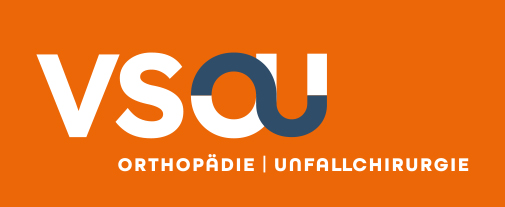Originalarbeiten - OUP 12/2012
Korrespondenzadresse:
Dr. med. Luis Ferraris
Zentrum für Wirbelsäulenchirurgie
Werner-Wicker-Klinik
34537 Bad Wildungen-Reinhardshausen
ferraris@werner-wicker-klinik.de
Literatur
1. Duval-Beaupere G, Schmidt C, Cosson P. A barycentremetric study of the sagittal shape of spine and pelvis: the conditions required for an economic standing position. Ann Biom Engineering 1992; 20: 451–462.
2. Legaye J, Duval-Beaupere G, Hecquet J et al. Pelvic incidence: a fundamental pelvic parameter for three-dimensional regulation of spinal sagittal curves. Eur Spine J 1998; 7: 99–103.
3. Boulay C, Tardieu C, Hecquet J et al. Sagittal alignement of spine and pelvis regulated by pelvic incidence: standard values and prediction of lordosis. Eur Spine J 2006 ¸5: 415–422.
4. Legaye J, Duval-Beaupere G. Sagittal plane alignement of the spine and gravity: a radiological and clinical evaluation. Acta Orthop Belgica 2005; 71: 213–220.
5. Koller H, Zenner J, Hitzl W et al. The morbidity of open transthoracic approach for anterior scoliosis correction. Spine 2010; 35: E1586–1592.
6. Sponseller P, Jain A, Lenke L et al Vertebral column resection in children with neuromuscular spine deformity. Spine 2012; 37: E655–661.
7. Mehta V, Amin A, Omeis I et al. Implications of spinopelvic alignement for the spine surgeon. Neurosurgery 2012; 70: 707–721.
8. Glassman S, Bridwell K, Dimar J et al. The impact of positive sagittal balance in adult spinal deformity. Spine 2005; 30: 2024–2029.
9. Ames C, Smith J, Scheer J et al. Impact of spinopelvic alignement on decision making in deformity surgery in adults: a review. J Neurosurg Spine 2012; 16: 547–564.
10. Schoenfeld A, Wood K, Fisher C et al Posttraumatic kyphosis: current state of diagnosis and treatment: results of a multinational surveyof spine trauma surgeons. J Spinal Disord Tech 2010 23: e1–8.
11. Koller H, Acosta F, Hempfing A et al. Long-term investigation of nonsurgical treatment for thoracolumbar and lumbar burst fractures:an outcome analysis in sight of spinopelvic balance. Eur Spine J 2008; 17: 1073–1095.
12. Koller H, Zenner J, Ferraris L et al. Sagittale Balance und posttraumatische Fehlstellungen der Brust- und Lendenwirbelsäule. Orthopädie und Unfallchirurgie uptodate 2009; 4: 277–320.
13. Hempfing A, Zenner J, Ferraris L et al. Restoration of sagittal balance in treatment of thoracic and lumbar vertebral fractures. Orthopäde 2011; 40: 690–702.
14. Mac-Thiong J, Wang Z, de Guise J et al. Postural model of sagittal spino-pelvic alignement and its relevance for lumbosacral developmental spondylolisthesis. Spine 2008; 33: 2316–2325.
15. Curylo L, Edwards C, DeWald R. Radiographic markers in spondyloptosis: implications for spondylolisthesis progression. Spine 2002; 27: 2021–2025.
16. Hresko MT, Labelle H, Roussouly P et al. Classification of high grade spondylolisthesis based on pelvic version and spine balance: possible rationale for reduction. Spine 2007; 32: 2208–2213.
17. Barrey C, Jund J, Perrin G et al. Spinopelvic alignement of patients with degenerative spondylolisthesis. Neurosurgery 2007; 61: 981–986.
18. Jackson R, MacManus A. Radiographic analysis of sagittal plane alignement and balance in standing volunteers and patients with low back pain and matched for axe, sex and size: a prospective controlled clinical study. Spine 1994; 19: 1611–1618.
19. Gottfried O, Daubs M, Patel A et al. Spinopelvic parameters in postfusion flatback deformity patients. Spine Journal 2009; 9: 639–647.
20. Schwab F, Lafage V, Patel A et al. Sagittal plane considerations and the pelvis in the adult patient. Spine 2009; 34: 1828–1833.
21. Lafage V, Schwab F, Patel A et al. Pelvic tilt and truncal inclination: two key radiographic parameters in the setting of adults with spinal deformity. Spine 2009; 34: E599–606.
22. Lonner B, Auerbach J, Sponseller P et al. Variations in pelvic and other sagittal spinal parameters as a function of race in adolescent idiopathic scoliosis. Spine 2010; 35: E374–377.
Fussnoten
Werner-Wicker-Klinik, Bad Wildungen
DOI 10.3238/oup.2012.0502–0508
